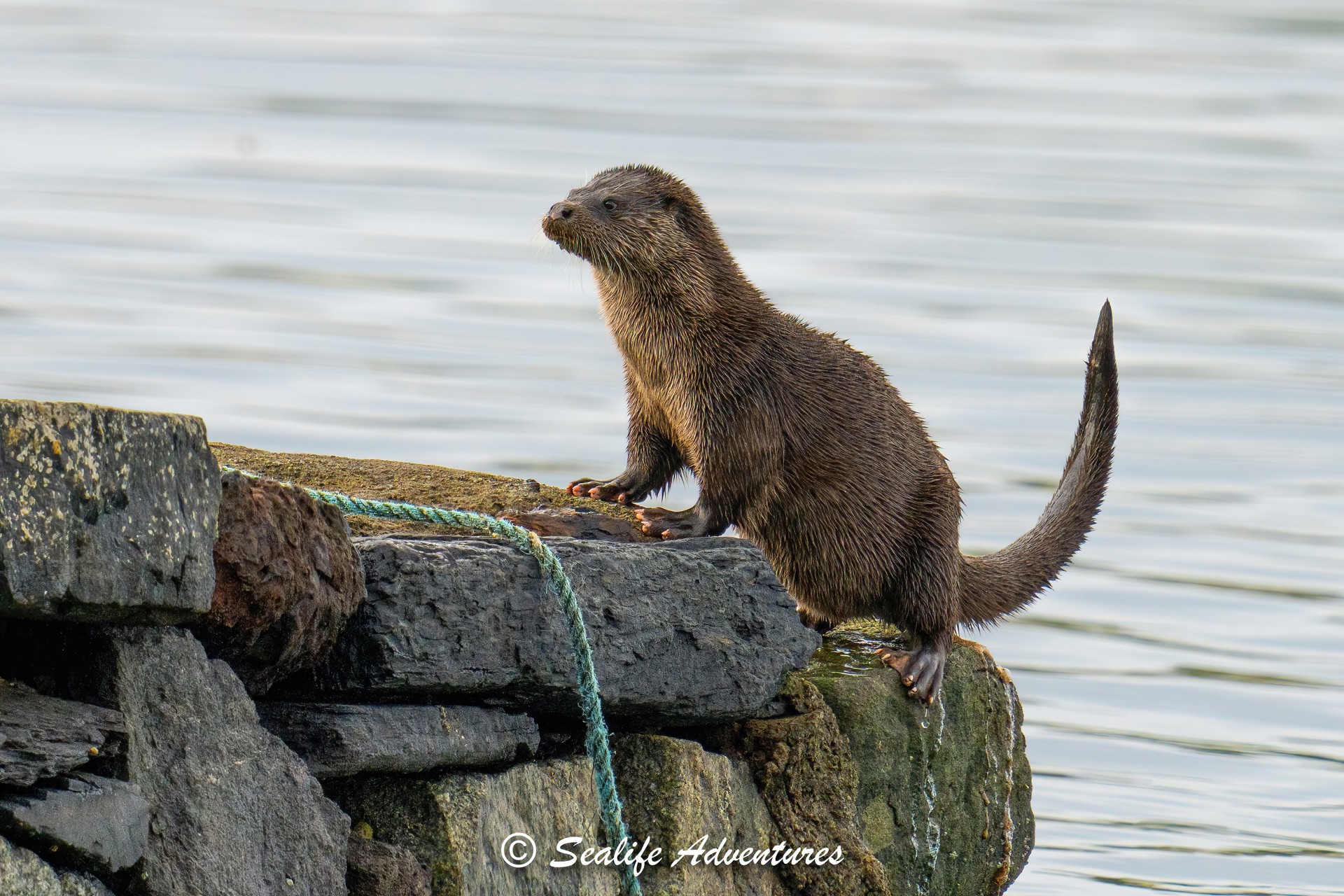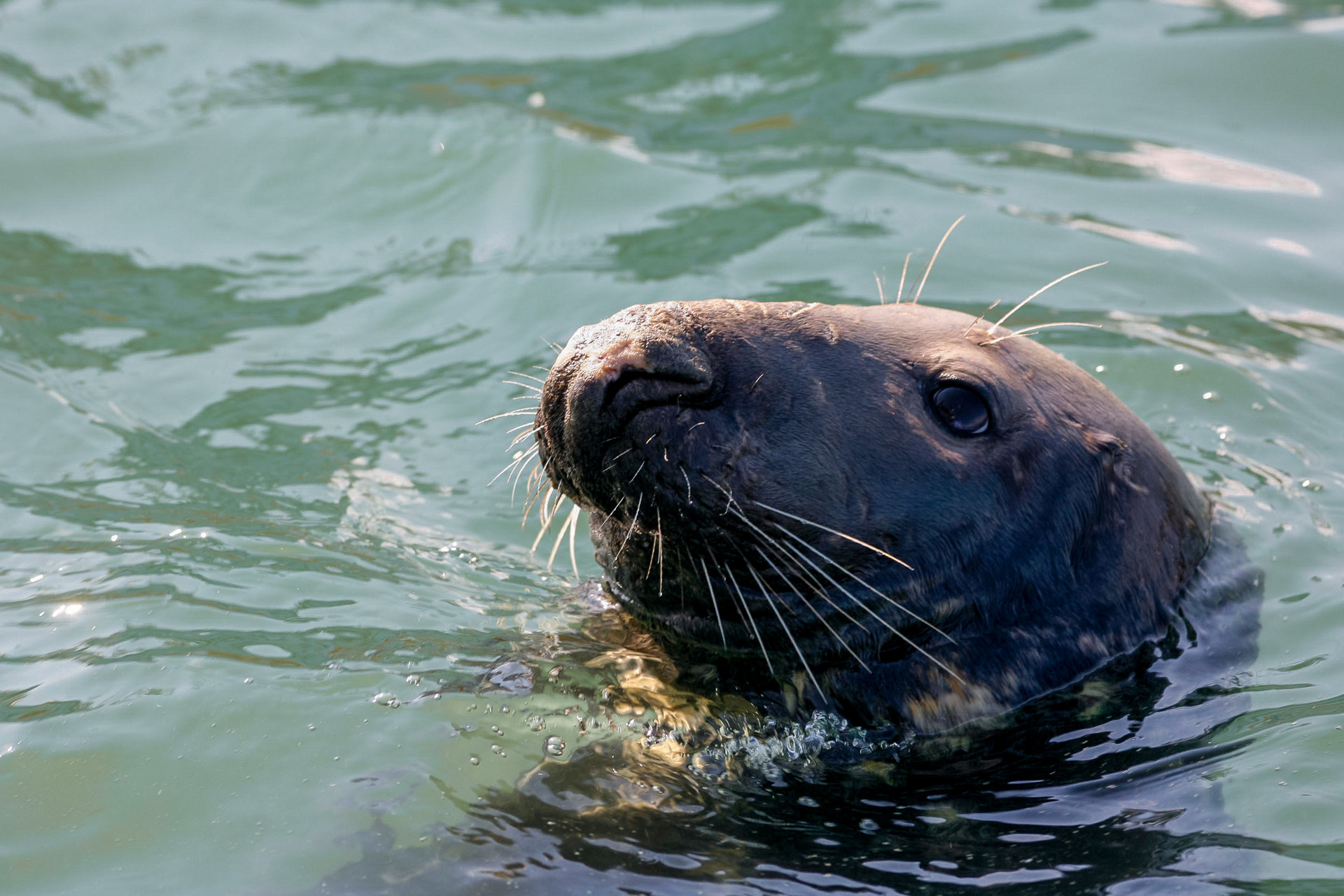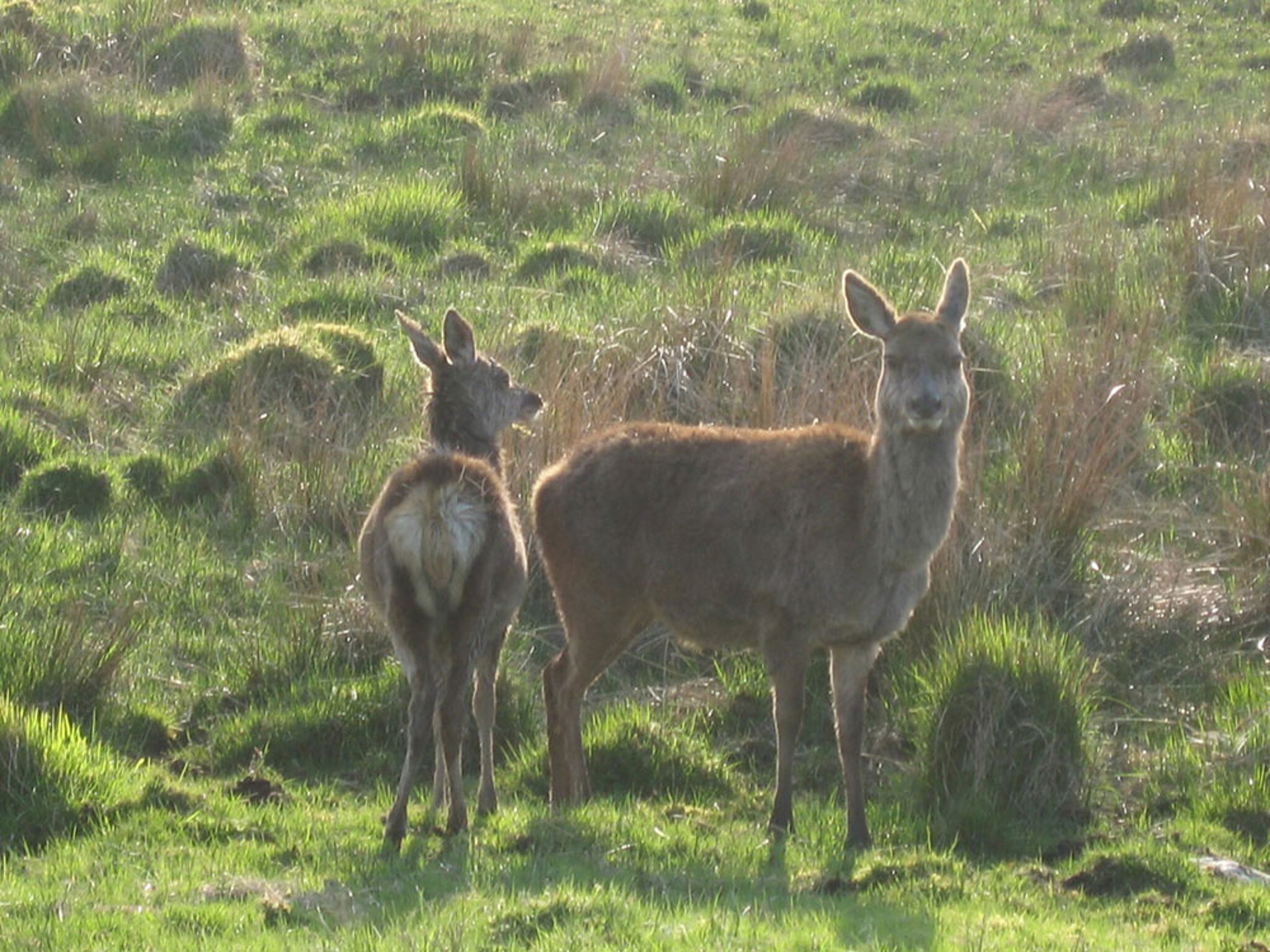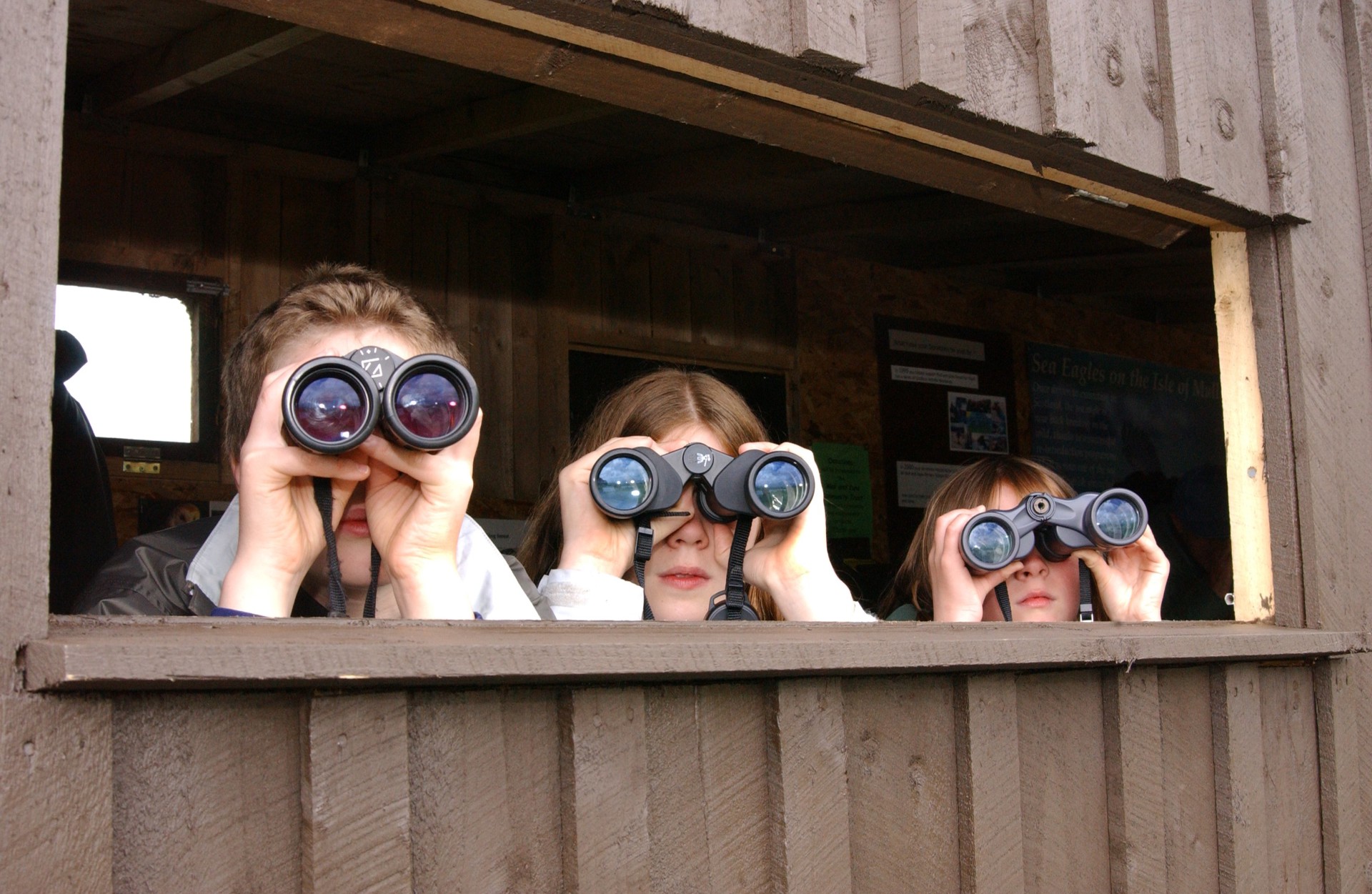Spot Scotland's Big 5 in Argyll & the Isles
Argyll and the Isles is home to a huge range of wild animals and birds, including Scotland's Big 5 - the red squirrel, the red deer, the harbour seal, the otter and the golden eagle. As you explore Argyll’s hills, forests, lochs, shores and seas, you’ll be treated to some unforgettable encounters that are guaranteed to take your breath away! Whether you’re walking in the hills, out on the water or enjoying a day on the beach in Argyll, keep your eyes peeled and you could well witness some of this wonderful wildlife.
Knapdale Beavers
If you want to get up close and personal with a beaver in the wild, then Argyll is the place to do it. The first Knapdale beavers were released in May 2009 as part of the Scottish Beaver Trial and quickly settled into their new surroundings. At Barnluasgan you’ll find scenic trails which will allow you to see the work of this shy creature. If you’re lucky and time your visit right – dusk or dawn is best – you might even spot one.
Red Deer
Seeing red deer in the wild is an unforgettable experience. These magnificent beasts are Britain's largest land animals, and the fourth biggest deer species in the world. Jura is famous for its red deer population. In winter you have a good chance of spotting these majestic creatures as they come down from the higher ground in search of food. Listen out for the sound of antlers clashing in the hills as the stags battle it out for dominance during the rutting season.
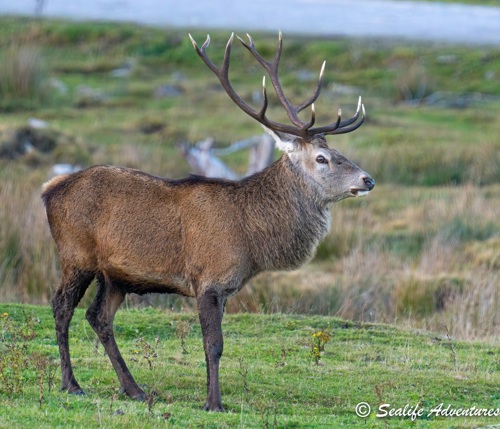
Red Squirrels
Argyll has a healthy population of red squirrels, particularly in Cowal and Mid Argyll. At the right time of year, you can spot them in the woodlands. Puck’s Glen, Glenbranter Forest, Ardkinglas Woodland Gardens and Kilfinan Community Forest are all good places to see red squirrels. In spring the squirrels are out and about feeding and getting their dreys ready high up in the trees. In autumn they’re gathering food for the winter.
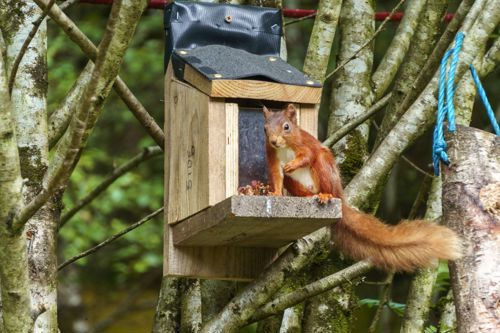
Otters
Otters are a joy to see in the wild, and Argyll has a healthy population of these playful creatures. You’ll have a good chance of spotting them if you look in the right places and at the right time – the best time is dawn or dusk. Kayaking is a great way to get up close to otters. The first section of the Argyll Sea Kayak Trail, which starts at Ganavan Sands, near Oban, is a lovely day’s paddling with good otter spotting opportunities.
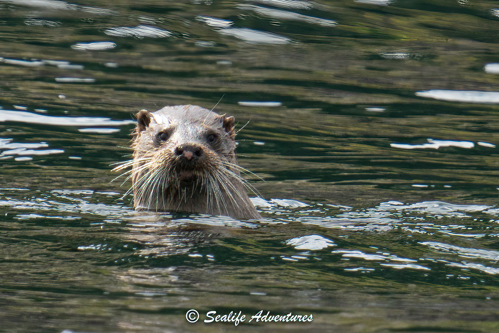
Bird-watching
Each season brings new birdlife to Argyll and the Isles, so there’s something fascinating to observe all year round. Spring is the time to see wading birds including lapwing, redshank, curlews and drumming snipe.
The region’s coastline and open moorland provide habitats for rare choughs and golden eagles. The island of Mull has become known to many as ‘Eagle Island’ thanks to its population of golden and white-tailed sea eagles. Join Mull Eagle Watch eagle experts or a ranger-led visit to discover the sea eagles, Britain’s largest and most impressive bird of prey. Another great way to experience Mull’s magnificent white-tailed eagles is by boat. Mull Charters have designed a trip that will give you a great chance of enjoying a memorable encounter with these stunning raptors.
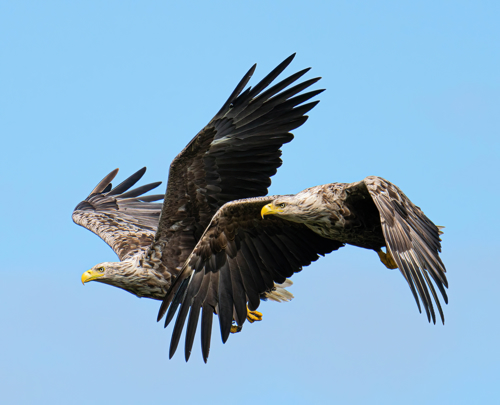
Over on Islay, in autumn thousands of white-fronted and barnacle geese flock to the island. The RSPB reserves at Loch Gruinart and The Oa offer trails, hides and visitor information. On Coll, the white beaches, sand dunes, machair grassland and moorland of the Coll RSPB Reserve are a haven for wintering geese, breeding waders and farmland birds. It’s also a key site in the Corncrake Recovery Programme. Present from April to September, corncrakes are easy to hear – their rasping call goes on all night! Listen out for the distinctive ‘crex crex’ call from the hay and silage fields. Your best chance of actually spotting one is during the last week of April and the first few weeks of May. Head to the corncrake viewing bench by the RSPB information centre.
The coastline and waters of Argyll and the Isles are home to a huge array of seabirds. Machrihanish Sea Bird and Wildlife Observatory is a brilliant place to watch all sorts of seabirds, including Leach's Petrel, Balearic Shearwater, Grey Phalarope and Sabine's Gull, from the purpose-built hide overlooking the Atlantic.
Sealife
With over 3,700 kilometres of coastline and 25 inhabited islands, the sea is part and parcel of life in Argyll and there are endless opportunities to get out on the water and meet the region’s sea life. Take a boat trip to see seals, basking sharks, minke whales, porpoises, Risso’s, white-beaked and bottlenose dolphins in the wild. If you’re very lucky you might see sperm, humpback and orca whales around the northern isles of the Inner Hebrides. Rich feeding grounds make the waters surrounding Oban & Lorn prime cetacean-spotting territory, and dolphins, porpoises, minke whales, seals, basking sharks and even the occasional orca can be seen. Turbulent tides and currents create an exceptional feeding area for wildlife at the famous Corryvreckan Whirlpool. There are several companies offering marine wildlife trips across Argyll and Oban-based Basking Shark Scotland offers basking shark trips and snorkel safaris.
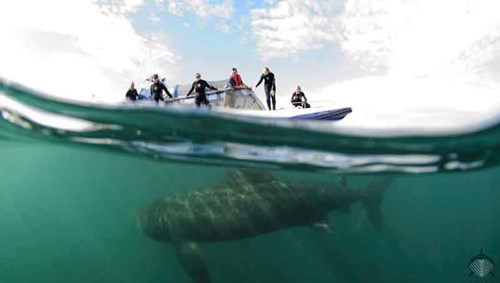
Find out more about Nature and Wildlife in Argyll and the Isles.
Whilst wildlife spotting please be respectful of the animal's space and follow the Scottish Outdoor Access Code.
Respect. Protect. Enjoy.
